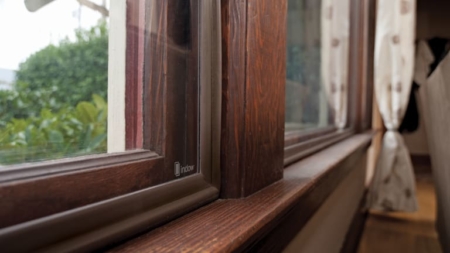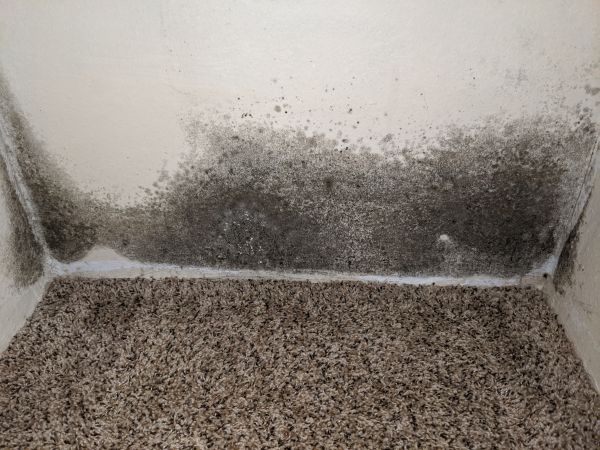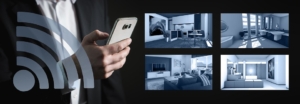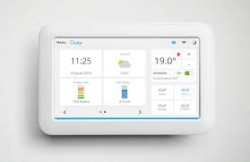Contagious illnesses, such as the common cold, tend to travel rapidly in office environments, partly because of people working so closely together in the same building. But people in some buildings have also reported an increase in other ailments, such as headaches and allergies.
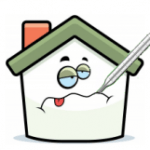
Source: Mold Solutions NW
In the late 1970s, it was first noted that various non-specific symptoms were reported by tenants in newly constructed offices and homes. The media began calling it “office illness”. In 1986, the World Health Organization (WHO) coined the term “Sick Building Syndrome” (SBS) when they also estimated 10-30% of new and renovated buildings worldwide had problems with indoor air quality. According to the EPA (2009), SBS is a phenomenon that affects building occupants who report health ailments that appear to be connected to spending time in a building, but where no specific illness or cause can be identified. Extensive research into SBS took place in the 1990s, including looking at various physical and chemical factors in buildings.

Source: Allergy Cosmos
Symptoms of SBS include:
- Headaches
- Nausea
- Dizziness
- Fatigue
- Allergies and increase in asthma attacks
- Eye, nose, or throat irritation
- Dry cough and cold-like symptoms
- Dry or itchy skin
- Difficulty in concentration
- Personality changes
Work efficiency is often reduced and the number of absences tend to increase. Most people who experience symptoms report feeling better after spending time away from the building, although some people have lingering effects.
Building-related illness (BRI) is a term that is also used in medical literature, however BRI has specific, diagnosable symptoms instead of non-specific symptoms. BRI can be directly traced to a certain toxic chemical or organism, such as Legionnaire’s disease. Legionnaire’s disease is caused by the legionella bacteria and requires water to survive, therefore it can spread through cooling towers (air-conditioning units for large buildings) and large plumbing systems. BRI utilizes appropriate treatment for the identified contaminant, such as antibiotics for Legionnaire’s disease.
Some of the possible causes or contributing factors of a “sick building” include:
- Biological contaminants such as pollen, mold, fungus, viruses, and bacteria. These can multiply in stagnant water that has accumulated in humidifiers, drainpipes, and ducts or where water has collected on ceiling tiles, insulation, carpets, and upholstery. Insect and rodent droppings are allergens and can contribute to symptoms of SBS.
- Inadequate ventilation, such as buildings that were made to be more airtight to improve energy efficiency and buildings with malfunctioning heating, ventilation, and air-conditioning (HVAC) systems lead to increased indoor air pollution.

Source: Air Assurance
- Indoor chemical contaminants such as volatile organic compounds (VOC). Some sources of VOC are carpeting, copy machines, pesticides, cleaning products, adhesives, upholstery, manufactured wood products, etc. Other indoor contaminants are synthetic fragrances (such as perfume and air freshener), tobacco smoke, and combustion byproducts (stove, fireplace, and unvented space heaters).
- Outdoor chemical contaminants can enter into a building through poorly located air intake vents, windows, and other openings. Motor vehicle exhaust, plumbing vents, dust, building exhausts (bathrooms and kitchens) are some examples.
- SBS are associated with immediate health problems, so asbestos and radon are not included in SBS causes because these lead to long-term illnesses.
- Electromagnetic radiation from computers, televisions, and microwaves as well as extensive wiring without proper grounding can contribute to SBS. Electrical Hypersensitivity (EHS) is a term that is used to specifically describe the condition in which people feel unwell after being around too much electromagnetic radiation.
- Poor lighting with no sunlight as well as glare or flicker on computer monitors can lead to eyestrain and headaches. Fluorescent lighting has a harsh, flickering light that can cause some people to experience headaches and fatigue.
- Temperature can play a role in SBS. If the temperature is too hot or too cold, the body has to work to maintain its own proper internal temperature. Energy is used to do this and people can be left feeling tired. Dehydration can result if the building temperature is too hot.
- Too much noise can also be draining and cause headaches. Excess noise may also lead to reduced concentration and loss of productivity in workers.
- Ergonomics – Uncomfortable furniture can cause pain, such as neck or back pain. Repetitive strain injury (RSI) can result from repetitive tasks such as typing.
Our next article will describe solutions for sick building syndrome as well as ways to prevent it.
Resources:
The Environmental Protection Agency’s Indoor Air Facts – Sick Building Syndrome
The Environmental Protection Agency’s Guide to Indoor Air Quality
National Institute for Occupational Safety and Health (NIOSH)
Occupational Safety and Health Administration (OSHA)

